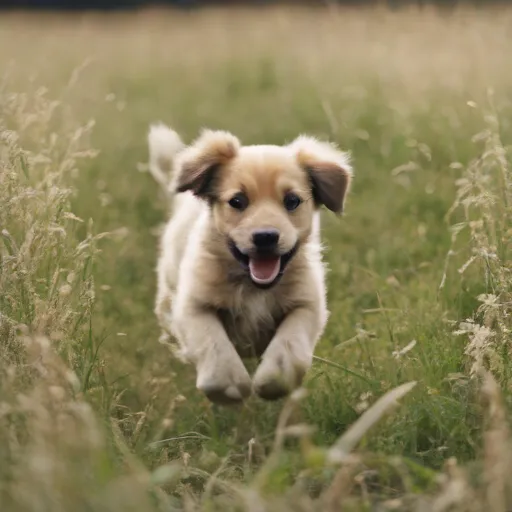We've cooked up a bunch of improvements designed to reduce friction and make the.




Lorem ipsum dolor sit amet, consectetur adipiscing elit, sed do eiusmod tempor incididunt ut labore et dolore magna aliqua. Ut enim ad minim veniam, quis nostrud exercitation ullamco laboris nisi ut aliquip ex ea commodo consequat. Duis aute irure dolor in reprehenderit in voluptate velit esse cillum dolore eu fugiat nulla pariatur.
Block quote
Ordered list
Unordered list
Bold text
Emphasis
Superscript
Subscript
In this tutorial, you will learn how to generate images using Stable Diffusion, a powerful text-to-image model, on the Runpod platform.

By following the step-by-step instructions, you'll set up the prerequisites, create a new project, and run a Python script to send requests to your endpoint and generate images based on text descriptions.
Before getting started, ensure you have the following:
Runpod CLI: Install the Runpod CLI by running the following command in your terminal:
For full installation instructions, refer to the Runpod CLI documentation.
runpodctl project createphoto-competitioncd photo-competition && runpodctl project devOnce you see the following output in your terminal, your Pod is ready, and you can proceed to the next step:
Make note of your <YOUR_ENDPOINT_ID> as you'll need it in the next step.
<YOUR_ENDPOINT_ID> with the endpoint ID you obtained in the previous step.prompt value in the data dictionary with your desired text description for the image generation.script.py.python script.py
The script will send a request to your Runpod endpoint, and if successful, it will generate an image based on your text description. The generated image will be saved as output_image.png in the same directory as your Python script.
Congratulations! You have successfully set up a Runpod project, created an endpoint, and generated images using Stable Diffusion.
By following this tutorial, you have learned how to harness the power of text-to-image models on the Runpod platform.
Consult the model card you are using to customize the parameters, such as temperature, strength, or other parameterizes to control the image output.
You can provide more inputs to the src/handler.py file, save it and the Runpod server will sync your changes.
💡
You can find out more and submit your art to our AI Art contest.
You can also dive deeper into the Runpod documentation and explore additional features and customization options to enhance your image generation workflow.
Spin Up a Stable Diffusion Pod on Runpod



Learn how to set up a Runpod project, launch a Stable Diffusion endpoint, and generate images from text using a simple Python script and the Runpod CLI.

In this tutorial, you will learn how to generate images using Stable Diffusion, a powerful text-to-image model, on the Runpod platform.

By following the step-by-step instructions, you'll set up the prerequisites, create a new project, and run a Python script to send requests to your endpoint and generate images based on text descriptions.
Before getting started, ensure you have the following:
Runpod CLI: Install the Runpod CLI by running the following command in your terminal:
For full installation instructions, refer to the Runpod CLI documentation.
runpodctl project createphoto-competitioncd photo-competition && runpodctl project devOnce you see the following output in your terminal, your Pod is ready, and you can proceed to the next step:
Make note of your <YOUR_ENDPOINT_ID> as you'll need it in the next step.
<YOUR_ENDPOINT_ID> with the endpoint ID you obtained in the previous step.prompt value in the data dictionary with your desired text description for the image generation.script.py.python script.py
The script will send a request to your Runpod endpoint, and if successful, it will generate an image based on your text description. The generated image will be saved as output_image.png in the same directory as your Python script.
Congratulations! You have successfully set up a Runpod project, created an endpoint, and generated images using Stable Diffusion.
By following this tutorial, you have learned how to harness the power of text-to-image models on the Runpod platform.
Consult the model card you are using to customize the parameters, such as temperature, strength, or other parameterizes to control the image output.
You can provide more inputs to the src/handler.py file, save it and the Runpod server will sync your changes.
💡
You can find out more and submit your art to our AI Art contest.
You can also dive deeper into the Runpod documentation and explore additional features and customization options to enhance your image generation workflow.
Spin Up a Stable Diffusion Pod on Runpod
The most cost-effective platform for building, training, and scaling machine learning models—ready when you are.
